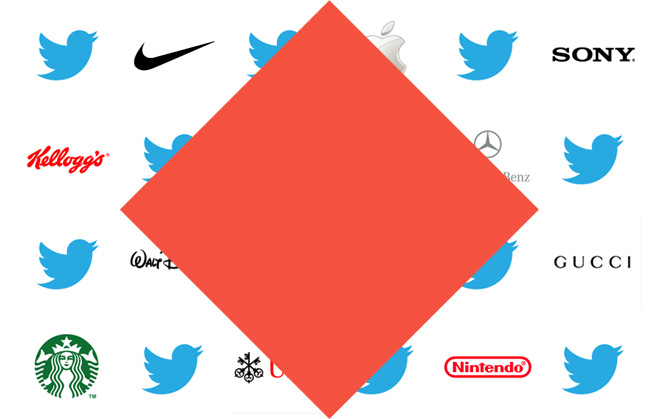
Brand collaborations: Why two heads are better than one
A brand, however big or small, can sometimes use a push from an external source. Whether that’s a well-known name looking to diversify its image, or a smaller company wishing to launch a new product, the results of successful brand collaborations can be amazing and unexpected. So which brands have exemplified this in the past, and how have they benefited in the long run?
Cara Delevingne’s triumphant catwalk selfie from the Giles Deacon runway had us thinking about celebrity brand collaborations, and how they can boost a company’s image. Whilst already a sensation herself, Cara and Giles Deacon’s plan to make social media history helped boost the label’s profile and create a wave of online buzz. But when it comes to utilising the power of celebrity collaborations, there’s no brand that does this better than make-up company, Mac. Mac has always been a brand that has collaborated with many a celebrity, including Lady Gaga, Carine Roitfeld, and Daphne Guinness, but the company has never established as strong a relationship as it has with Rihanna. After the success of the singer’s lipstick, “RiRi Woo”, based on Mac’s famous scarlet shade, “Ruby Woo” the brand went on to achieve 3 sellout collections featuring Rihanna-designed products. We love the fact that Mac’s partnership with Rihanna proves that a brand can go through a process of trial and error before finding an ambassador that becomes a hit with consumers.
And one of the most lucrative and innovative brand collaborations we’ve seen to date has to be Beyonce’s for iTunes. It’s safe to say that we were all surprised and bemused by the singer’s secret album that appeared exclusively on iTunes in the middle of the night. But what’s more impressive is the turnaround that the singer achieved after both Target and Amazon refused to sell her CD due to it being sold first on iTunes, bypassing the retail stage. Despite this, her album outperformed, achieving 617, 213 digital sales in just 3 days, boosting iTunes sales figures, and the singer’s personal brand. And further to this, Beyonce partnered with Starbucks shortly after, where her album was available to purchase at over 7000 branches across the US. We’re impressed with Beyonce’s non-conformist approach to marketing her own material, and it shows that in today’s climate, harnessing the power of digital can be a smart move for any brand.
But what about when a brand collaborates with a lesser-known star? One of our favourite partnerships saw Louis Vuitton team up with Japanese artist, Takashi Murakami, to produce what has now become an iconic collection. In 2002, Louis Vuitton’s designer, Marc Jacobs, approached Murakami to create and submit artwork for a special edition collection. His Oriental-inspired cherry-blossom designs and cartoons in an array of bright colours featuring his “superflat” style, helped to reinvigorate Louis Vuitton’s classic monogram print, and propelled Murakami into the limelight. Such was the success of the collaboration that Louis Vuitton’s sales were boosted by 10 per cent, while Murakami became an instant celebrity in Japan, achieving soaring artwork value. This was clearly an example of a collaboration that was well-timed and well-executed; with figures at the time showing that 88% of Louis Vuitton’s global sales came from Japan, the label successfully responded to their demographic. In 2008, the collaboration was reinstated, with Murakami producing the designs for Louis Vuitton’s Monogramouflage Collection. This featured military-inspired designs in typical camouflage colours, proving to be a hit too with the brand’s male clientele.
Evidently, a brand collaboration can be a useful tactic to propel or change a brand’s image, even if it is already flourishing. Giles Deacon proved that a partnership could enable his label to match the social media success of a digitally-savvy company such as Burberry, whilst both Mac and Louis Vuitton showcased soaring sales figures. And as is the case with Murakami, a successful collaboration with a global label is a surefire way to ensure a lesser-known celebrity achieves long-term success. Lastly, collaborations can be more effective and less costly than celebrity endorsements, and so we hope more businesses will follow suit in the future.
Do you have any favourite brand collaborations to date? Why do you think these were so successful? We’d love to hear your opinions, so please tweet to us @PracticeDigital and share your thoughts on our Facebook page.




